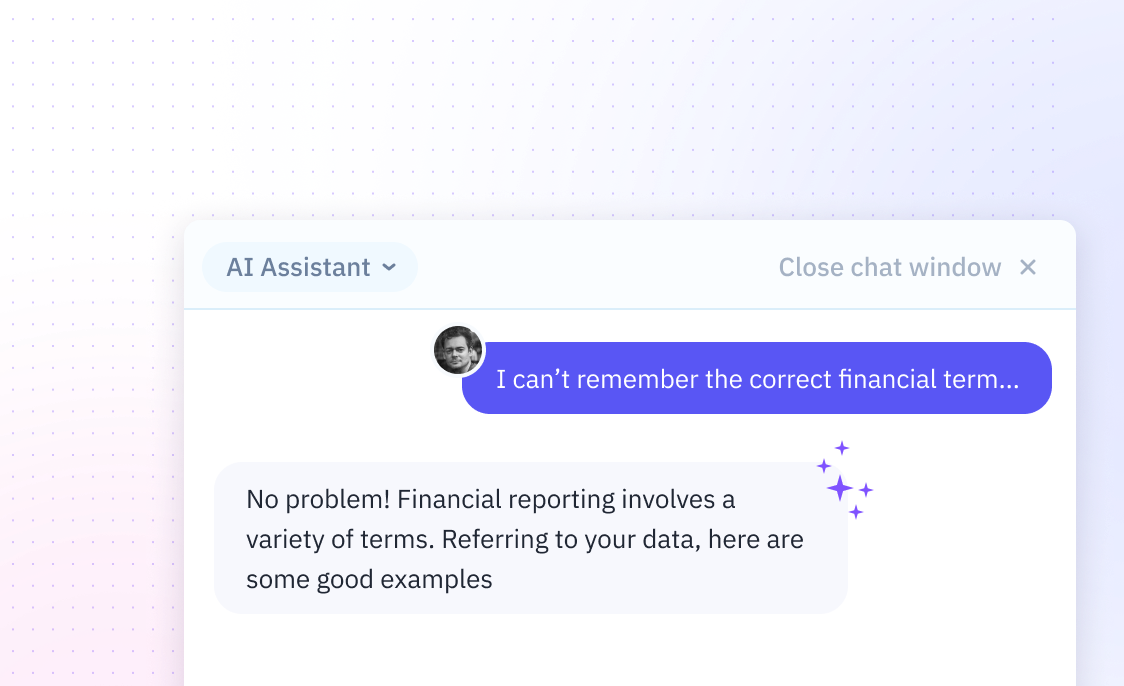
How To Enter Minutes And Seconds In Excel
Introduction
Entering minutes and seconds in Excel requires understanding its time formatting system. Excel stores times as decimal values, presenting a challenge when working with minutes and seconds.
Formatting cells correctly is crucial for accurate data representation and calculations involving time. This guide will cover the essential steps needed to input and format time values efficiently in Excel.
Instead of dealing with complex Excel functions and formatting, consider using Sourcetable, an AI-powered spreadsheet that lets you simply chat to analyze data, create visualizations, and handle time calculations effortlessly - try Sourcetable now to streamline your spreadsheet tasks.
How to Enter Minutes and Seconds in Excel
Excel only accepts time input in the hours:minutes:seconds (hh:mm:ss) format. There are two main methods to enter minutes and seconds data in Excel.
Method 1: Using the TIME Function
Use the TIME function when working with times over 60 minutes. Enter 0 for hours when only working with minutes and seconds. The TIME function allows you to create a proper time matrix while maintaining accurate calculations.
Method 2: Using Text Values
Enter time as a string or text value, then use the TIMEVALUE function to convert it to a proper time value. This method requires the standard hh:mm:ss format.
Display Formatting
While Excel restricts input formats, you can customize how time displays. Use the [MM]:SS custom format to show times with minutes exceeding 59. The [h]:mm format allows displays beyond 23 hours.
Alternative Entry Method
Enter time using the format 2:15.0, where the decimal point indicates minutes to the left and seconds to the right of the colon. Excel will automatically format this as time data.
Important Limitations
Excel won't accept direct entry of more than 60 minutes in standard time format. The h:mm format caps at 23 hours. Always use the appropriate function or format for your specific time entry needs.
Excel Time Entry Use Cases
Athletic Performance Analysis
Track and analyze athlete sprint times, races, and other timed performances with precision. This enables coaches and trainers to monitor progress and identify areas for improvement over time.
Professional Kitchen Time Management
Monitor and standardize cooking times across multiple recipes and kitchen stations. This helps ensure consistent food quality and enables efficient kitchen operations in restaurants and catering businesses.
Freelance Time Billing
Calculate and track billable hours and minutes for consulting or freelance work with accuracy. This ensures precise client billing and helps maintain transparent business relationships.
Racing Event Analytics
Record and analyze lap times for various racing events with detailed precision. This allows race organizers and teams to track performance metrics and establish racing statistics.
Customer Service Call Monitoring
Log and analyze customer service call durations to optimize service delivery. This data helps identify trends, improve efficiency, and enhance overall customer support operations.
Excel vs Sourcetable: A Modern Approach to Spreadsheets
While Excel relies on manual functions and formulas for data analysis, Sourcetable revolutionizes spreadsheet work with an AI-powered interface. Users simply chat with Sourcetable's AI to create spreadsheets, analyze data, and generate visualizations. This eliminates the need to learn complex formulas or features. Try Sourcetable at https://app.sourcetable.com/ to get instant answers to any spreadsheet question.
Interface and Accessibility
Excel requires users to master hundreds of functions and features for data analysis. Sourcetable uses conversational AI - users simply describe what they want to analyze, and the AI performs the calculations automatically.
Data Handling
While Excel has size limitations, Sourcetable handles files of any size. It processes CSV, XLSX, and database connections with equal ease, all through simple AI chat commands.
Analysis Capabilities
Excel demands manual formula creation and chart configuration. Sourcetable's AI chatbot automatically generates analyses, visualizations, and charts based on natural language requests.
Data Integration
Excel requires manual data importing and updating. Sourcetable connects directly to databases and automatically syncs data, with all analysis accessible through AI chat interactions.
Learning Curve
Excel expertise requires extensive training in functions and features. Sourcetable users need only communicate their analysis goals to the AI chatbot in plain language.
Frequently Asked Questions
How do I enter minutes and seconds in Excel?
Enter minutes and seconds using the format 0:MM:SS. For example, to enter 10 minutes and 15 seconds, type 0:10:15. Excel requires the leading 0 for hours because it only accepts time input in hours:minutes:seconds format.
How can I display time in Excel showing only minutes and seconds?
To display time as minutes and seconds: 1) Highlight the cells 2) Right-click and select Format Cells 3) Choose Custom from the Category box 4) Type [mm]:ss in the Type box 5) Click OK
Why won't Excel let me enter time directly as minutes:seconds?
Excel does not accept direct minutes:seconds input because it calculates time by assuming the first number is hours. You must enter time values in the hours:minutes:seconds format (0:MM:SS) even if you only want to show minutes and seconds.
Conclusion
Managing minutes and seconds in Excel requires complex functions and formulas. Sourcetable eliminates this complexity with its AI-powered spreadsheet platform. Simply chat with Sourcetable's AI to analyze data, create visualizations, and perform time calculations effortlessly.
Upload your spreadsheets or connect your database to Sourcetable, and let AI handle the analysis. No more manual formatting or formula writing—just tell the AI chatbot what you want to accomplish, and it delivers instant results.
Experience the future of spreadsheet analysis and get answers to any data question instantly—sign up for Sourcetable today.






